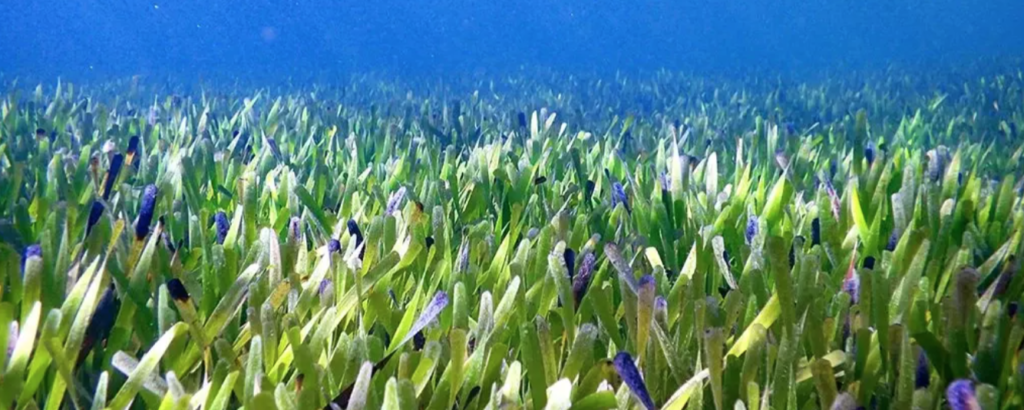The honey mushroom in Oregon is no longer the world’s largest living organism. Guinness World Records updated that title thanks to the new research in Shark Bay, Western Australia. Have you heard about Poseidon’s Ribbon Weed?
The “Posidonia australis” seagrass, also known as Poseidon’s ribbon weed, is the largest living organism as of June 2022. Spun from a single seed around 4500 years ago and covering approximately 200 square kilometers, the entire plant is connected and shares the same DNA.
Discovering the Largest Organism
Scientists have discovered the world’s largest plant, a seagrass in Australia that grew to cover more than 70 square miles by cloning itself repeatedly. According to a study published in Proceedings of the Royal Society B, the plant, known as Poseidon’s ribbon weed or Posidonia australis, is about 4,500 years old.
It’s the largest known example of a clone in any environment on Earth, arguably the world’s largest living organism
Elizabeth Sinclair, Scientist University of Western Australia
Researchers collected samples from ten seagrass meadows in Western Australia’s Shark Bay, about 500 miles north of Perth, as part of a survey and studied 18,000 genetic markers to determine how many plants grew in the area.
We have been studying cool water seagrasses in southern Australia for a while, to understand how much genetic diversity is in them and how connected the meadows are
Elizabeth Sinclair, Scientist University of Western Australia
The authors write in The Conversation that the results blew us away: it was all one plant. One single plant has spread throughout 180 km, the authors hypothesize. They believe that after Shark Bay was flooded about 8500 years ago, the seagrass arose a few thousand years later, growing into newly submerged areas nearby. (Source: The Smithsonian Magazine)
The World’s Largest and Oldest Organism
Aside from its enormous size, the plant’s genetics are also unusual. Most seagrasses inherit half of their parents’ genomes, but the Shark Bay seagrass has the entire genome of both parents, a condition known as polyploidy. Furthermore, the seagrass appears to be a hybrid of two species. Clonal propagation has resulted in even older organisms, such as turtle grass, estimated to be around 6000 years old.
Polyploid plants often reside in places with extreme environmental conditions and are often sterile, but can continue to grow if left undisturbed, and this giant seagrass has done just that. Even without successful flowering and seed production, it appears to be resilient, experiencing a wide range of temperatures and salinities plus extreme highlight conditions, which together would typically be highly stressful for most plants
Elizabeth Sinclair, Scientist University of Western Australia
(Source: The Smithsonian Magazine)
Distribution of the Largest Living Organism
This species is found in the waters off Australia’s southern coast. It is found in Western Australia in the Shark Bay region, around the Houtman Abrolhos islands, and southward along the Swan Coastal Plain. The species was discovered near the edge of the Esperance Plains, in the Recherche Archipelago, on the southwest coast. The range stretches eastward to the coasts of New South Wales, South Australia, Tasmania, and Victoria. The presence of masses of decomposing leaves on beaches, forming fibrous balls, indicates the presence of Posidonia nearby. (Source: The Smithsonian Magazine)
Image from MarthaStewart
